Adriacom I Business Services & Immigration
Montenegro Awaits - Let's Make it Yours.
UNESCO Sites in Montenegro
Because of its strategic geographical position on the Balkan Peninsula, in the Southern Adriatic, Montenegro has been at the crossroads of civilizations for millennia. And its picturesque coastline has been inhabited by Greek and Illyrian settlers since at least the 4th century BC.
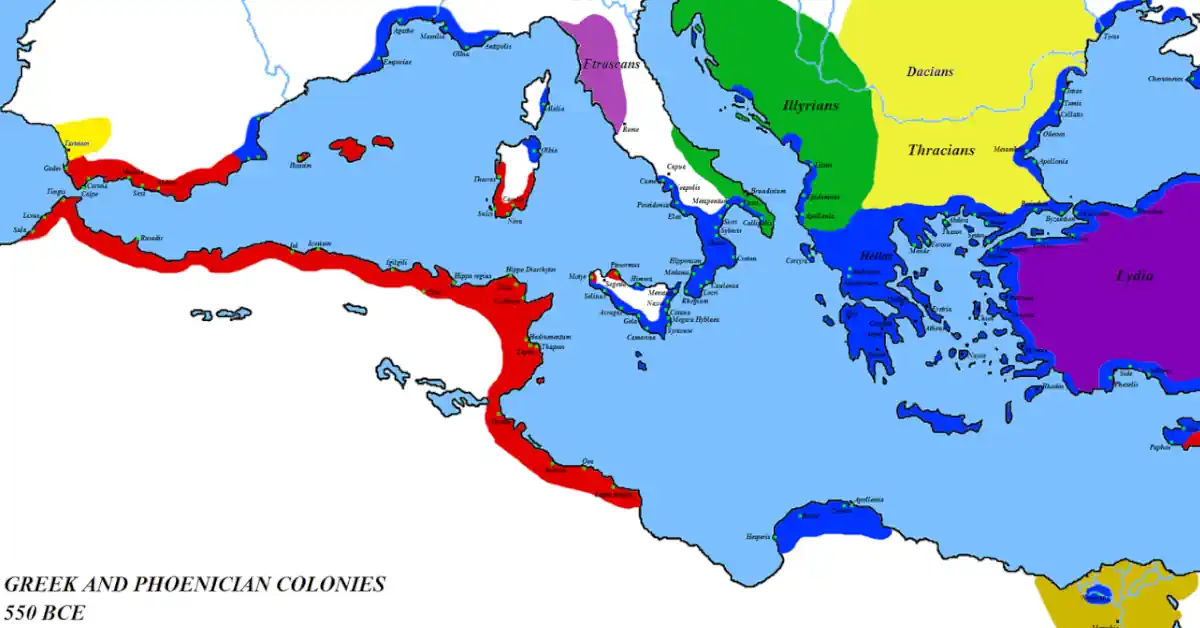
Table of Contents
Togglesource: Wikipedia
Later, with the rise of Imperial Rome, much of today’s Montenegro fell under the control of the Roman Empire, and then the Byzantines (Eastern Roman Empire). Slavic tribes have been settling in the region since the 7th century, only later to be superseded by the Venetians and Ottomans.

source: Wikipedia
It is only natural then that these ancient and medieval societies have left their traces all across Montenegro in the form of historical and cultural landmarks. Montenegro boasts four UNESCO World Heritage Sites and an additional six are on the tentative list, considered for future recognition.
Natural and Culturo-Historical Region of Kotor
The Bay of Kotor is widely considered to constitute Montenegro’s most important natural and cultural heritage. The beautifully-homogenous settlements and villages, defined by their typical Adriatic stone architecture include the coastal towns of Kotor, Risan, and lovely Perast with the islets of Our Lady of the Rocks and Saint George.

The entire region went through a period of unprecedented prosperity and cultural enrichment during the Middle Ages, powered by maritime commerce. The Bay of Kotor served as an important trading hub back then, sitting right on the world’s most important trading route.
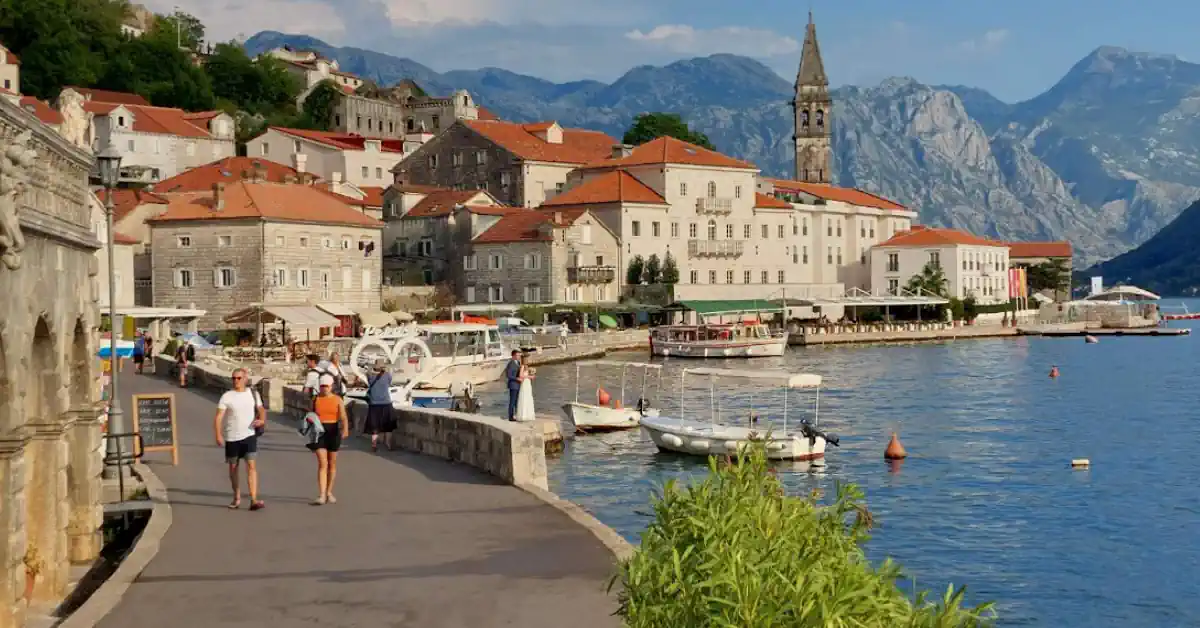
Many churches and gracious sea captains’ homes bear witness to a time during which controlling maritime trade and international shipping guaranteed the accumulation of immense wealth.
Over time, the area increasingly became a contested battleground of the Turkish and Venetian Empires, with the Ottomans occupying Risan and Herceg Novi for more than two centuries while roughly half the bay remained under Venetian control.

Set foot in Kotor’s Old Town and you will instantly feel that the former Cattaro (Italian: Kotor) must have belonged to the Venetian Empire. The building designs are hugely inspired by Italian Baroque and Renaissance architecture.
Info: Only the Inner Bay of Kotor that enfolds past the Verige Strait falls under UNESCO protection – Tivat and Herceg Novi are not included in the heritage.
Durmitor National Park
The Durmitor National Park was the second site to be listed as a UNESCO World Heritage Site in Montenegro. The Durmitor is a mountain massif in north-eastern Montenegro and the area of the national park also includes Europe’s deepest gorge, the Tara River Canyon, and 18 glacial lakes, including the stunning Black Lake.

The dramatic Durmitor mountainscape features fifty peaks with elevations that are higher than 2,000 meters. The natural landscape is characterized by dense pine forests and light-green alpine meadows. During the summer months, Durmitor is popular with hikers, mountain climbers, and kayakers.
Stecci Zabljak and Pluzine
Stecci are 12th-to-15th-century monolithic tombstone cemeteries found in present-day Montenegro, Bosnia, Croatia, and Serbia. The graveyards are arranged in rows and are sculpted from limestone. They can feature carved inscriptions and motifs.
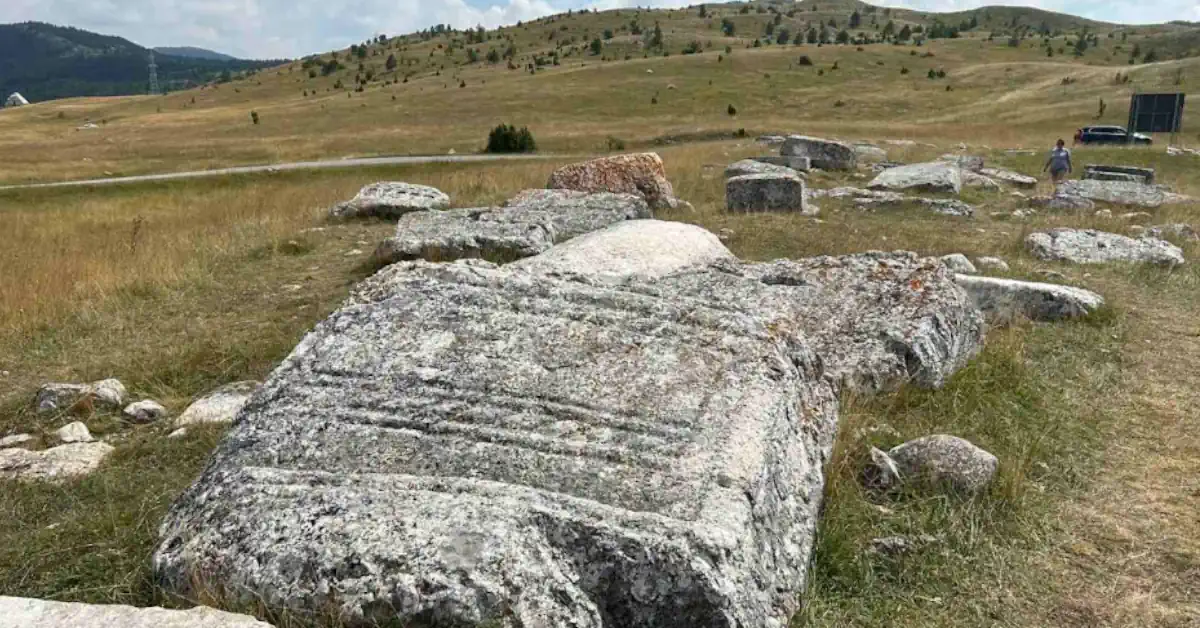
According to scholars on that topic, the Stecci reflect a regional Dinaric cultural phenomenon, rather than a particular religion, being a common tradition amongst believers of the Orthodox, Catholic, and Bosnian Church churches alike. The Stecci site close to Zabljak contains about 50 tombstones and is listed as a joint UNESCO site.
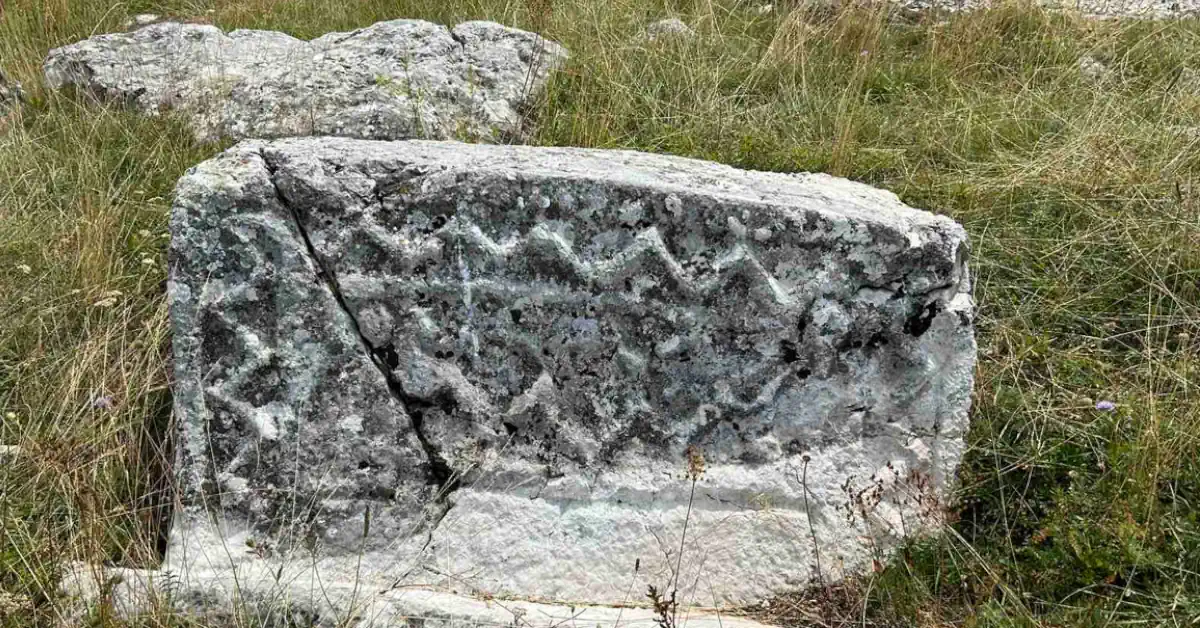
And while only a couple of them come with relatively well-preserved inscriptions and decorative motifs, one of them bulges out for portraying a hunting scene. On others, you can still see the remains of rosettes, vines, spirals, and other geometric forms.
Venetian Works of Defence
As a whole, the Venetian Works of Defense which can be found in Italy, Croatia, and Kotor, are listed as a UNESCO World Heritage Site. Fortification of cities started playing a major role in the guarding of settlements with the advent of gunpowder, cannon manufacture, and large oceangoing ships in the Late Middle Ages.
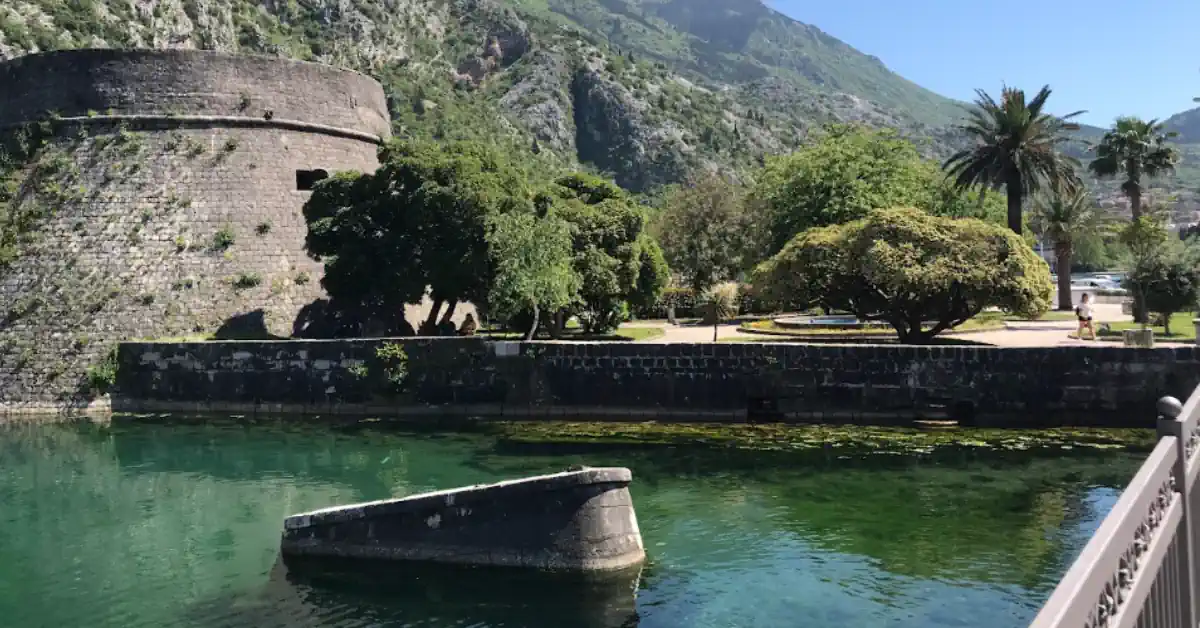
One of the most notable features of the Venetian Works of Defence was the polygon-shaped bastion fort, a 16th-century innovation that was such a crucial bulwark against attacking forces that it came not to be superseded for another 300 years.